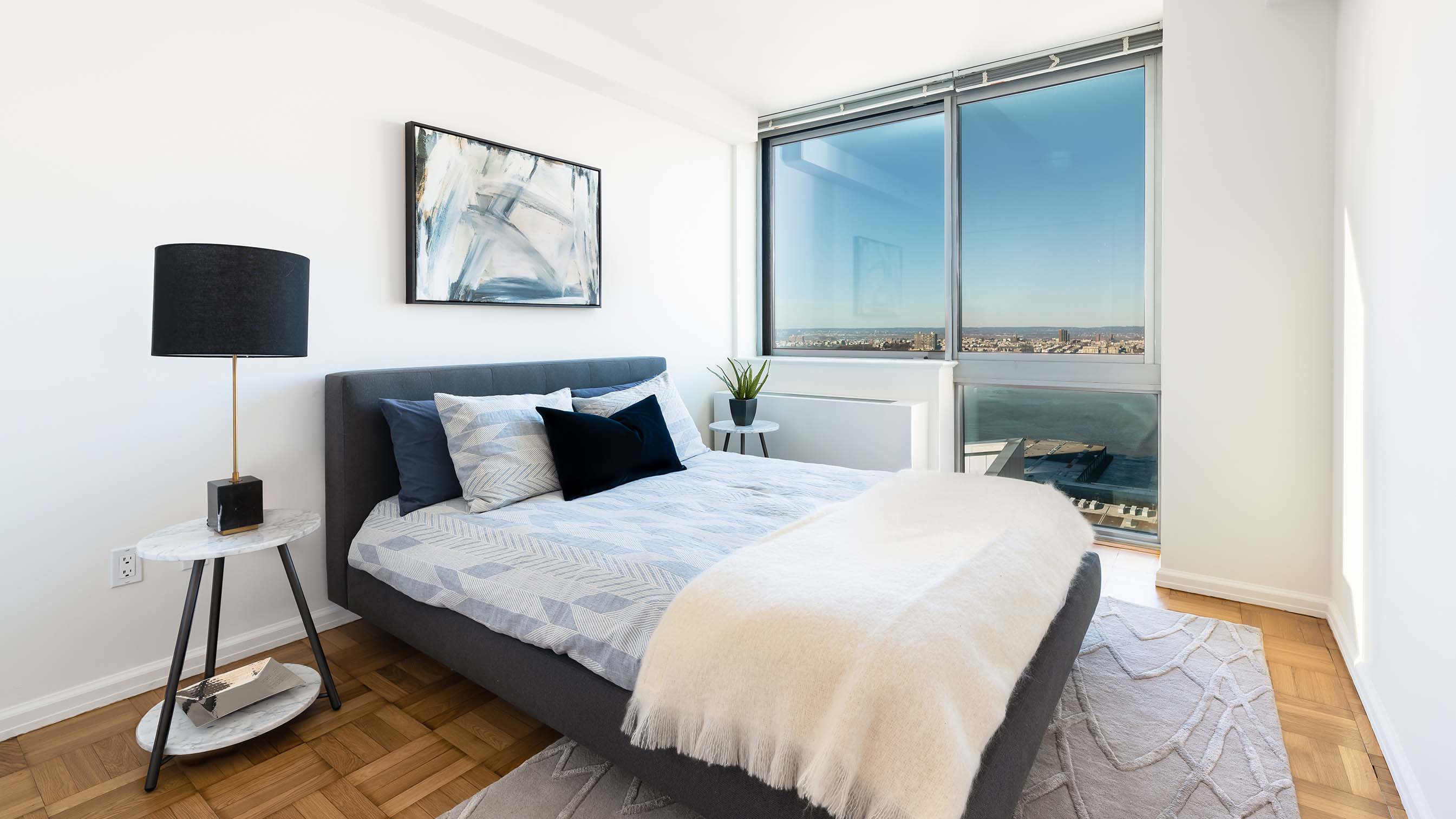NY Apartments
The physical structure of these buildings forms described above will vary and being aware of what to expect of those properties can allow you to narrow your research. They could generally be categorized among the following: While the only family dwelling still exists (ranging from three to five stories), most have been converted to many apartments per building. Largely considered the historical stone of Manhattan, these flats are famous for their architectural character and give an alternative to some normal high–grow or contemporary flat.
Attic Construction – Except for new building, these possessions were in one time industrial areas which were converted for residential dwelling and can vary between 5 to 20 stories tall. The houses inside are generally large, open spaces and will vary in their level of architectural personality.
Many lofts are left raw using their cargo elevators in tact, and initial columns left in position, letting the tenant to convert the vacant space to open living spaces. Increasingly, renovated or newly constructed lofts can be found which offer the exact same high–finish amenities (fitness center, concierge, laundry, etc.) seen at a luxury high–increase.
Prewar Building – All these are representative of almost any building constructed before World War II. These buildings are usually characterized by their intricate structure and extensive detail. It’s fairly common to come across these possessions to have a 24 hour doorman or lift operator support.
Postwar Building – All these are representative of almost any construction constructed post World War II. Famous for their simple design and nicely divided units, they give a much more contemporary living room compared to normal prewar building. These buildings generally have laundry facilities in the cellar of their older buildings, or even on every floor in newer buildings.
Doorman services differ from building to building.
High Growth – Refers to some construction that stands 20 stories or more and has been typically constructed from the latter part of the 20th century. These buildings have a tendency to provide standard shaped flats, called cookie cutters, and change in the degree of luxury and services.
Low Growth – Refers to any construction that’s less than 20 stories large but they’re usually 4-12. These buildings might also have standard shaped flats, and therefore are usually walk-in or lift buildings. Many have laundry in the construction and attribute video intercom systems.
There are 3 varieties of construction possession in Manhattan and they all change related to the needs and acceptance procedure an individual would want to go through to be able to reside in that house. They vary in difficulty from leases, being the simplest, to co–ops, that can be notoriously the toughest.
Rental Buildings – A single landlord owns the whole building and the property laws ascertain whether the particular unit is rent stabilized or non-lease. The approval process can take anywhere from 1 day to a week but is usually no longer than that.
Condos (Condo) – Every unit is independently owned and can be employed as a private residence or could be leased out as an investment property. Subject to the rules of the condominium board (governing body to the construction composed of individual owners), owners have the ability to ascertain their own rental cost and lease duration. Owners will usually need from an applicant that the typical paperwork and whatever additional information that they feel needed for acceptance. Additionally, applicants should also submit whatever required paperwork that the board may request since the owner of the house is needed to disclose any prospective tenants. Tenants are usually required to pay program and / or board and proceedin fees (in addition to extra Security if needed) and also the approval process could take anywhere from 1 week to a month.
Co-operatives (Co–op) – As in a condominium, each unit is individually owned; nonetheless, folks actually own shares in the construction based on their flat’s size and worth, rather than the deed to the house as you would in a condominium. They have a tendency to possess the most stringent regulations and rules with regard to rentals. The co–op board normally requires extensive financial and private data along with the typical paperwork. Tenants are usually required to cover big program, plank, and transfer-in fees in addition to extra safety. Co–ops may often be problematic for global customers or new hires with no established credit history. The approval process normally takes approximately a month or longer.




